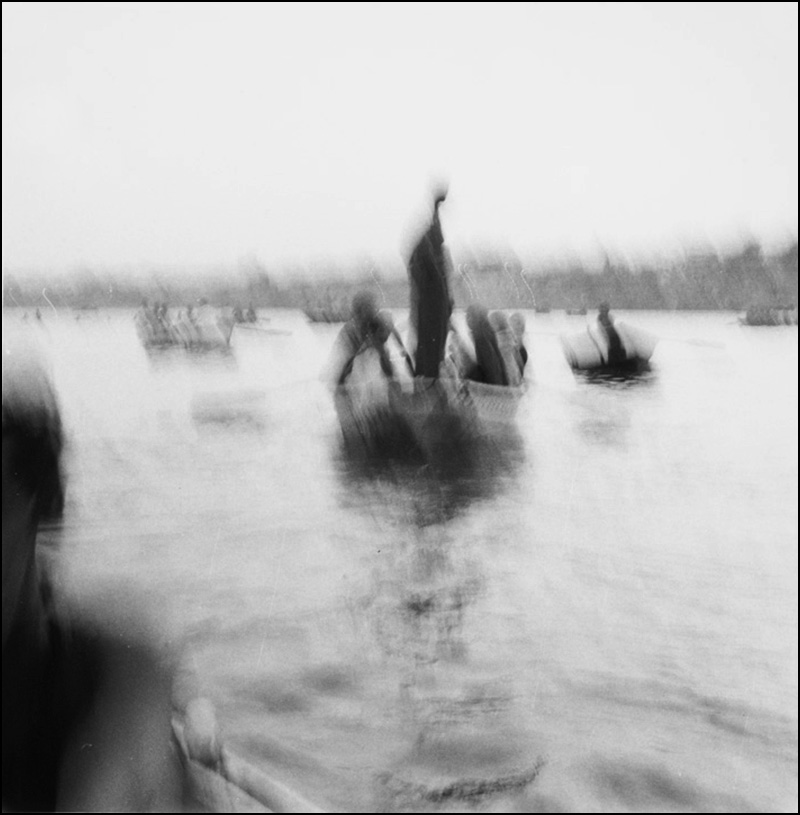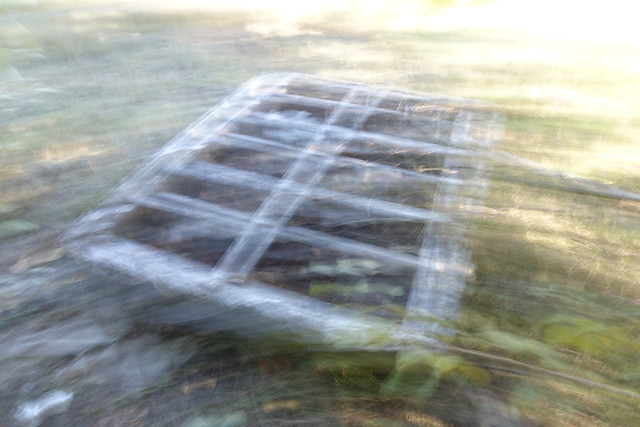I learned about this technique first from photographer Eddie Soloway, and then from Kwantlen Polytechnic University professor, Dr. Ross Laird, who learned it from photographer Diego Samper. This journal post is based on a presentation I developed about it in 2019.
While many good photos will be free of motion blur, this is another area where you can break the rules, especially if you want something that looks abstract. It’s not a regular motion blur you might have learned about in an intro photo class – where you might see a photo of a car speeding by and the background is blurred, or cars speeding across the frame appearing like streaks, with their surroundings in sharp focus. Rather, the entire frame becomes blurred to various degrees to create an abstracted image.
How to accomplish this is simple:
Set your camera’s shutter speed so that it’s open longer (for a second, or seconds, or even longer by using the bulb setting). By doing this you are slowing down the shutter speed, which is the amount of time a camera’s shutter is open to allow light to fall onto the camera’s sensor. The longer the shutter is open, the higher the chance you can end up with motion blur.
Then, as you click to take your shot, introduce movement by physically moving your camera by panning up and down or left to right.
Eddie Soloway’s work has an almost impressionistic or fauvist quality in how he uses the technique to capture the essence of the scene he’s shooting – creating a dreamlike world that emphasizes both the light and colour that can be found in nature as seen in Pine Trees Blurred - Wisconsin (2019) and New England Autumn…
Samper introduces another concept to the equation by not paying attention to the viewfinder. He’ll raise the camera high above his head, pointing down towards a scene, or hold it arms length from his body, to create different points of view. When he does this, he also isn’t afraid to keep things on bulb and he varies how long he exposes the photo for. Laird described this as being a challenging as it does create a lot of photos that are totally blown out. But every now and then Laird said you get a gem, like this one by Samper…
Samper also shoots people and man-made objects using this technique, which introduces elements and ideas that are quite different from Soloway. I think Samper converted the photo to black & white in Photoshop (although he may have even shot it in camera - either digitally or on film, I’m not sure), although as shown in this gallery, he does produce a lot of similar photographs using this technique in colour.
Finally, here is my attempt at this technique…
More Inspiration…
Chin, Jimmy. Tips for Capturing Motion Blur Photography. MasterClass, August 2018.
Rowse, Darren. How to Capture Motion Blur in Photography. Digital Photography School, January 2014.



